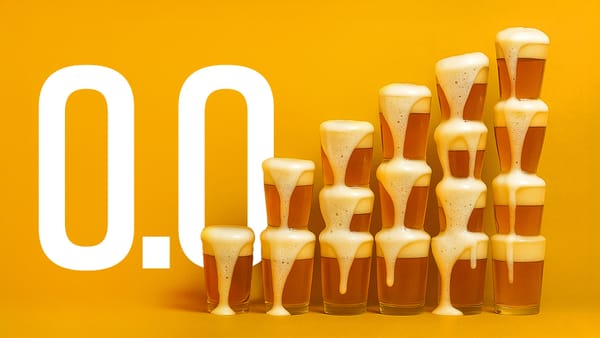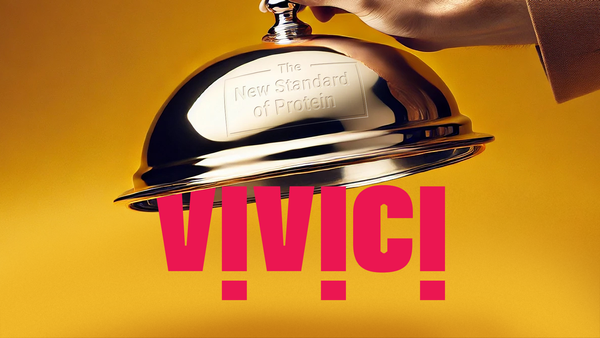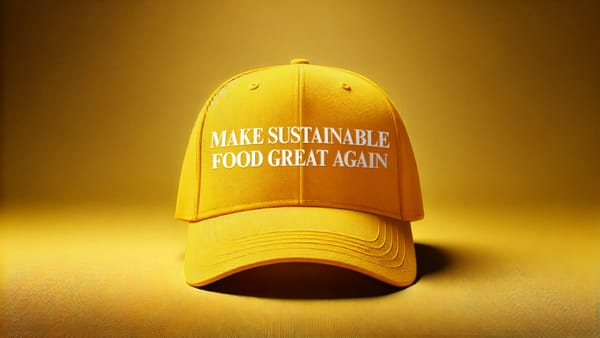
UNSTUCK 030: What Sustainable Food Needs To Learn From Alcohol-Free Beer’s Rise
Even deeply entrenched cultural products can be reimagined with the right insight and approach to branding

Even deeply entrenched cultural products can be reimagined with the right insight and approach to branding

B2C proof points are your secret weapon to unlock B2B scale

For most sustainable food brands the answer is probably none.

THIS gets the strategy right, but execution misses the mark

Bravo for Baileys, not so much for the others

Ignore the doom and gloom, transformation is happening right under our noses

How the disciplined application of proven marketing techniques leads to success

The world’s largest industry has no choice but to transition

Why “Vegan” is a dead end on the path to the mainstream

Why demonstrating scaleable market demand early can determine your fate

The top 5 articles of 2024. How many did you read?

Get the key highlights from an action-packed week in Singapore